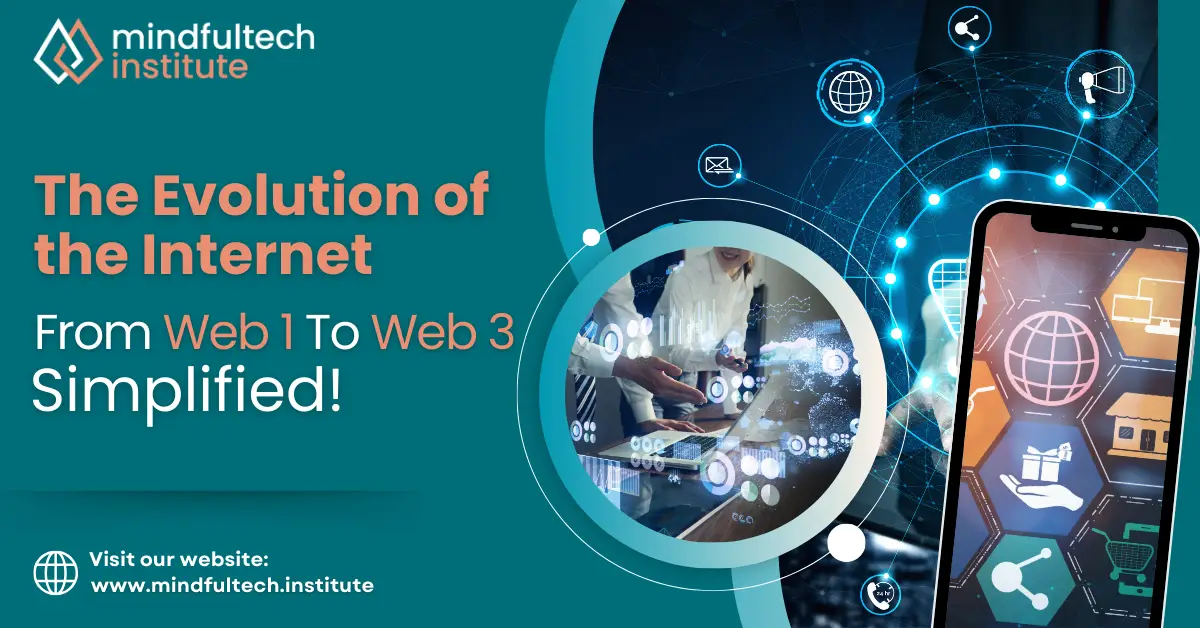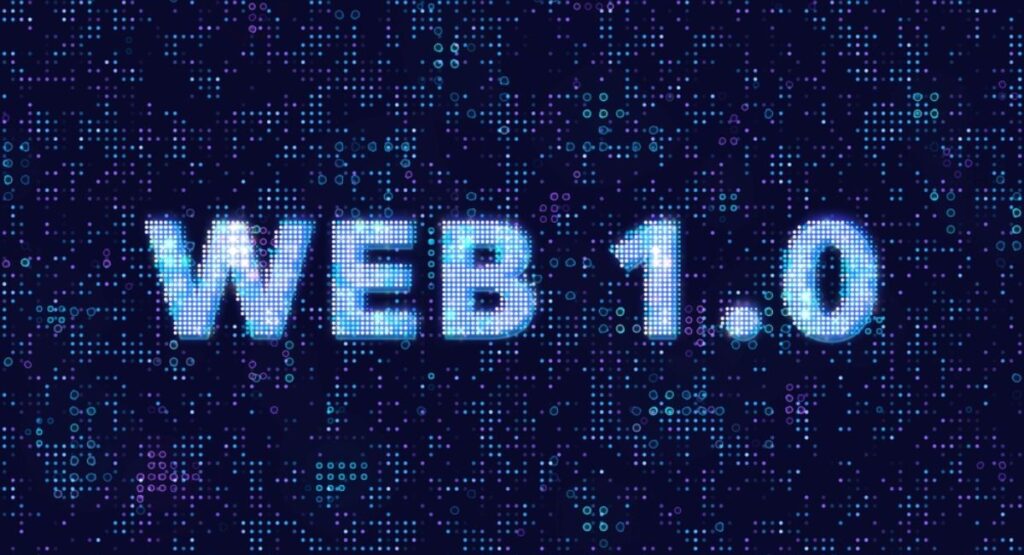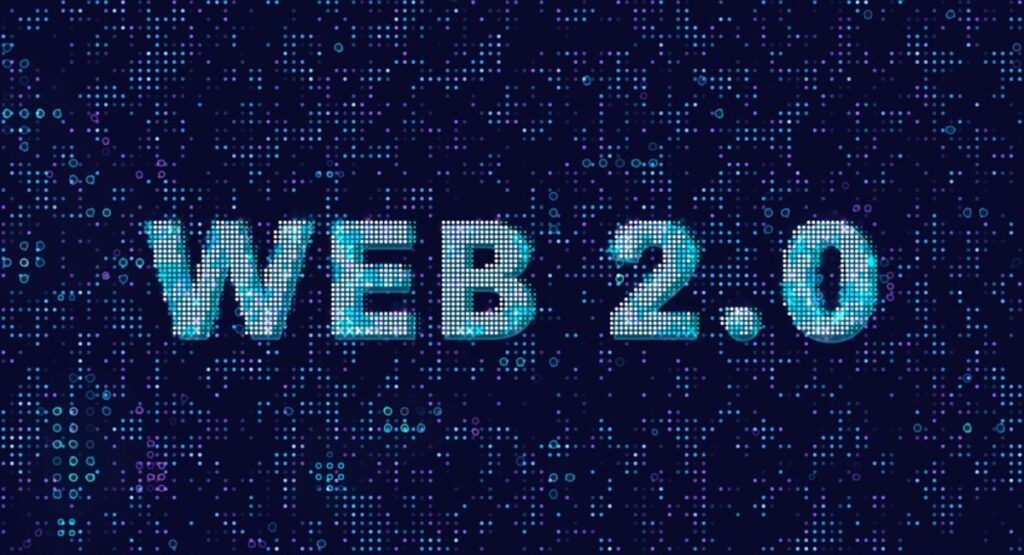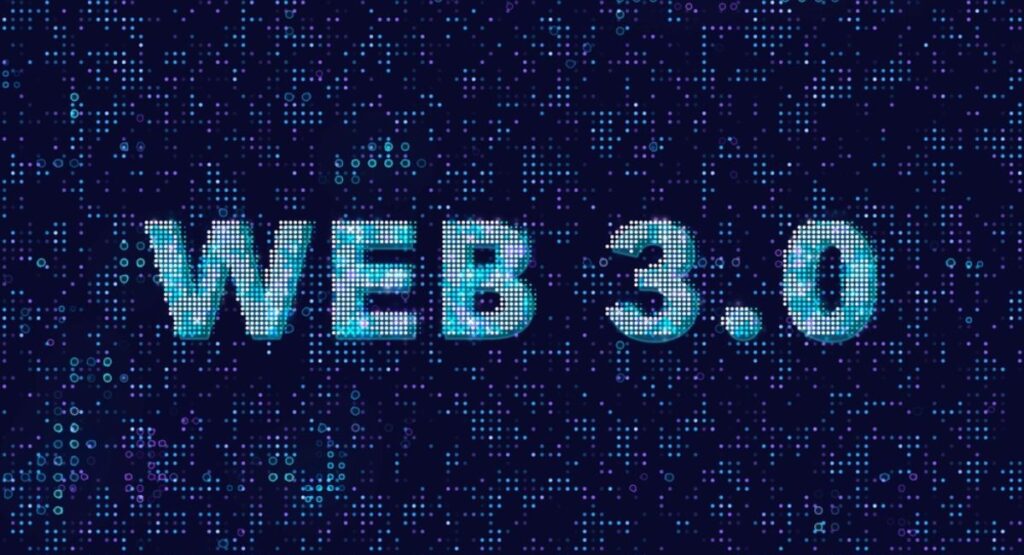
Hello there!
Here at the Mindfultech Institute, we are dedicated to exploring The Evolution Of The Internet today.
Overview Of The Internet’s Evolution
What Is The Internet?
Imagine a huge spider web connecting different points.
The Internet is like that but connects computers all over the world, letting us share information and talk to each other.
Why Learn About The Internet’s History?
Knowing how the Internet has changed can help us understand how we got here and what might come next.
It’s like knowing the history of your favorite toy—seeing how it was made and how it got better over time.
Stages Of The Internet
- Web 1.0: Think of this as the Internet’s baby stage. It was mostly for reading. Websites were simple pages, like books or posters on the Internet. You could look at them, but not much else.
- Web 2.0: Now the Internet grew up a bit—like going from walking to running. In this stage, you could write on the Internet too, not just read. This means you could comment on things, post your photos, and talk to people online.
- Web 3.0: This is the newest stage, where the Internet is smarter. It can understand you better and help you more personally, like a smart assistant who knows exactly what you need.
| Stage | Characteristics | Technologies | User Interaction |
| Web 1.0 | Mostly read-only content, static pages | HTTP, HTML | Viewing content only |
| Web 2.0 | Interactive, user-generated content, social media | AJAX, APIs, Cloud computing | Reading and writing, sharing content |
| Web 3.0 | Decentralized, uses AI and blockchain, more secure | Blockchain, AI, decentralized applications | Smart interactions, enhanced privacy |
Understanding these phases helps us see how our ways of communicating, learning, and sharing have evolved.
This journey from Web 1.0 to Web 3.0 shows a shift from simple viewing to interactive and intelligent participation.
Web 1.0: The Static Web
Introduction To Web 1.0
- What Is Web 1.0?
Web 1.0 is the first stage of the Internet. During this time, the Internet was mostly about reading. It was like having a library online where you could go and look at pages of information.

- How It Started
The early web began in the late 1980s and early 1990s. It was created so that scientists and researchers could share information easily. Over time, more people started using it because it was a good way to find information.
Key Characteristics Of Web 1.0
1. Static Content
- What Are Static Web Pages?
These are simple pages that don’t change unless someone updates them manually. It’s like a printed page in a book.
- Pros And Cons
The good part was simplicity—the web was easy to use and understand. The downside was that you couldn’t interact with it much. It didn’t change or respond to what you wanted.
2. Information Delivery
- Main Focus
Web 1.0 was all about giving out information. People could read and get data but not do much else.
- Challenges
It was hard to keep information up-to-date because every change needed someone to update the website manually. Users just viewed content without influencing or changing it.
C. Technological Foundations
Early Technologies
- HTTP And HTML
These are like the building blocks of the web. HTTP allowed computers to talk to each other, and HTML was used to create the actual web pages.
- Web Browsers
Early browsers like Netscape made it possible for people to view the web. They turned the technical code into the pages we could read.
D. Impact And Legacy
Shaping The Internet
- Early Influence
Web 1.0 set the foundation. It showed what the Internet could be but was limited to mostly reading.
- Lasting Effects
Even today, some of the basic ideas and technologies from Web 1.0 are still in use, like HTML.
E. Comparison With Subsequent Phases
Moving To Web 2.0
- Changes Ahead
The jump to Web 2.0 was like going from watching TV to being on TV. Instead of just reading, people could write, comment, and interact.
- New Features
Web 2.0 introduced ways for everyone to create content and interact, making the web much more dynamic and connected.
F. Conclusion Of Web 1.0 Era
Summary
- Historical Significance
Web 1.0 was important because it was the start of the Internet as we know it. It was simple and limited but crucial for what came next.
- Reflection
While it had its limits, Web 1.0 paved the way for the richer, more interactive experiences that would follow in Web 2.0 and beyond.
| Feature | Description | Impact |
| Static Content | Web pages don’t change unless manually updated | Limited user interaction, easy to understand |
| HTTP and HTML | Protocols and markup languages for creating and viewing web pages | Set foundation for web development |
| Early Browsers | Applications like Netscape for accessing the Web | Made the internet accessible to the public |
Web 2.0: The Interactive Web
A. Introduction To Web 2.0
- What Is Web 2.0?
Web 2.0 is like the teenage phase of the Internet. It’s when the Internet went from just showing us things to letting us interact and add our own stuff, like photos, comments, and videos.

- The Rise Of Web 2.0
This stage started in the early 2000s. It was different because it made everyone not just a viewer but also a participant. You could create your own content and interact with others.
B. Core Features And Technologies
- User-Generated Content And Social Media
Think of things like Facebook or Instagram where you can post your own pictures and stories.
- APIs And Cloud Computing
APIs let different programs talk to each other, making it easier to do things online. Cloud computing lets us store our photos and documents on the Internet instead of just our own computers.
C. Advantages And Disadvantages
- Better Communication
Web 2.0 made it easier to chat, share, and work together online. This has been great for friends and businesses.
- Privacy Concerns
With all this sharing, there are worries about who sees our information and how it’s used.
- Impact On Online Services
Shopping and watching movies online got a lot easier and more fun with Web 2.0. But, we also have to be careful about the quality and safety of what we buy or see.
D. Business And Social Impact
- Marketing And Customer Interaction
Companies use Web 2.0 to talk directly to us and learn what we like. They use our feedback to make better products.
- Examples From Big Platforms
Sites like YouTube let people show their talents to the world, while Twitter lets us share our thoughts quickly and widely.
E. Future Directions
- Social Interactions And New Tech
Looking ahead, we might see even more ways people can interact online, maybe in virtual worlds like the Metaverse.
- Focus On Privacy And Security:
As we share more online, keeping our information safe and private will become even more important.
F. Conclusion Of Web 2.0 Era
- Summary Of Web 2.0
Web 2.0 changed how we use the Internet, making it a tool for collaboration and sharing.
- Looking Forward
As we move beyond Web 2.0, we should think about how we use these tools responsibly and continue to innovate safely and respectfully.
| Feature | Description | Impact |
| User-Generated Content | Allows users to upload and distribute their own content, like text, photos, and videos. | Empowered users to become creators, not just consumers of content. |
| APIs | Application Programming Interfaces that allow different software systems to communicate. | Enabled the development of more dynamic web applications and services. |
| Social Media | Platforms that enable users to interact, create, and share content with a community. | Transformed how people communicate and share information globally. |
| Cloud Computing | Delivery of computing services over the internet, including storage and processing power. | Facilitated scalability and accessibility, reducing the need for powerful local hardware. |
Web 3.0: The Decentralized Web
A. Introduction To Web 3.0
- What Is Web 3.0?
Web 3.0 is the latest phase of the Internet. It uses new technologies like blockchain and AI to make the web smarter and more independent.

- From Web 2.0 To Web 3.0
This new web builds on the interactive features of Web 2.0 but aims to give users more control over their data and improve privacy.
B. Key Features And Characteristics
- Decentralization And Privacy
Unlike before, where big companies controlled data, Web 3.0 spreads out data across many places to increase security and user privacy.
- Cryptocurrencies And DApps
Web 3.0 uses digital currencies like Bitcoin and applications that run on a blockchain, called DApps (decentralized applications), to operate without a central authority.
- Semantic Web
This is about making the web understand and interpret human language more effectively, aiming for a smarter and more intuitive user experience.
C. Advantages And Challenges
- Benefits
Users have more control over their information and can interact securely and privately.
- Challenges
While offering significant improvements, Web 3.0 is also more complex to understand and use, and it faces issues like how to scale effectively for many users.
D. Real-World Applications And Future Considerations
- Use Cases
Web 3.0 technologies are being used in finance for more secure transactions, in media for rights management, and in healthcare for patient data privacy.
- Investing In The Future
Businesses and individuals are encouraged to learn about and invest in Web 3.0 technologies to stay ahead and secure their digital future.
E. Future Trends And Predictions
- Looking Ahead
The next decade will likely see new startups and big tech companies further developing Web 3.0 technologies.
- FAQs And Misconceptions
Common questions often arise about Web 3.0’s usability and trustworthiness, addressing these can help in better understanding its impact and potential.
F. Conclusion Of Web 3.0 Era
- Web 3.0’s Potential
With its emphasis on decentralization and user empowerment, Web 3.0 has the potential to reshape how we interact with the digital world.
- Engagement And Exploration
Everyone is encouraged to explore these new technologies, understand their benefits, and consider how they might impact our digital lives.
| Feature | Description | Impact |
| Decentralization | Distribution of data across a network instead of storing it in a central location. | Enhances security and user control over their own data. |
| Blockchain Technology | A system of recording information in a way that makes it difficult to change or hack. | Provides a secure and transparent environment for transactions. |
| Semantic Web | Technologies that allow computers to understand and respond to complex human requests. | Enables more intuitive interactions and smarter search capabilities. |
| AI Integration | Incorporation of artificial intelligence to provide personalized user experiences. | Improves service efficiency and offers advanced data analysis capabilities. |
Overall Conclusion: The Continuous Evolution Of The Internet
Synthesis Of Key Developments Across All Web Generations
Building On Each Phase
Every stage of the Internet, from Web 1.0 to Web 3.0, has added something new:
- Web 1.0 gave us the ability to access information all over the world.
- Web 2.0 made the Internet interactive, allowing us to share and create our own content.
- Web 3.0 is enhancing our control over our own data with better security and smarter technology.
Future Perspectives
- Adapting To Change
The Internet will keep changing, and we need to be ready to adapt to these changes. This means staying informed and understanding new technologies as they come.
- Call To Action
Everyone has a role in shaping the future of the Internet. By learning, sharing, and using the Internet thoughtfully, we can all help make it better.
